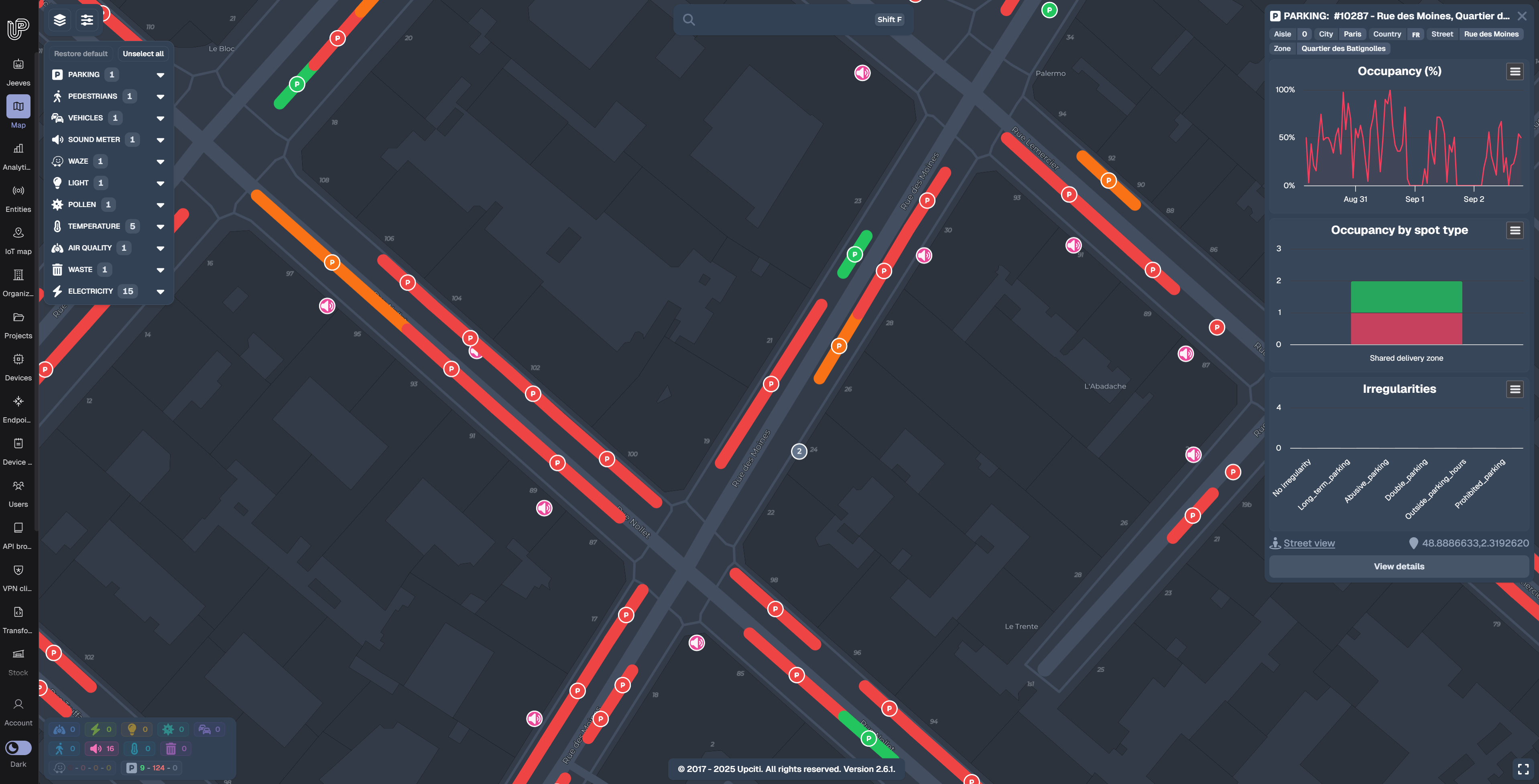Metrics

I think it’s very important to have a few core metrics that permeate your business and provide everyone with a clear sense of both the priorities and also the progress you are making.
As a team, we are thinking about this a great deal right now because we want to be able to see how all our portfolio companies are doing and to benchmark them against one another. You can only do that if you have some standard metrics.
We think this will also help us to form a better opinion on what represents best practice in any area and how companies are performing against their peers. We will better understand where the strengths and weaknesses are which I think will in turn help us to be better partners to our portfolio companies.
More broadly, standardizing on the core set of metrics and plotting companies against them will improve our understanding of the overall market and help us to evaluate new opportunities.
With all this in mind, there is a project underway at Notion right now to agree on a core set of metrics. We will publish some of the findings and it would be great to get any feedback that people have on this subject and to hear what metrics you are using to manage your business and how you benchmark performance.
Our market is Cloud services and software-as-a-service (‘SaaS’) and it requires a different approach to more traditional businesses. It reminds me of the quote by Arthur Erickson:
“Our incapacity to comprehend other cultures stems from our insistence on measuring things in our own terms.”
Most traditional businesses sell a product to a customer for an agreed price. The ownership of that product passes to the customer who pays for it either at the point of sale or following the receipt of an invoice. The sale is then added to the overall revenue number in the financial accounts.
With a SaaS/internet services business things are very different. You are essentially ‘renting’ a part of an always-on services that is delivered from a remote data centre. The service is charged to subscribers usually in monthly increments, and the provider aims to retain them for all long as possible by delivering a great service that is available, secure, well supported and continually updated. In this way it is a recurring revenue model that gradually builds providing great forward visibility for the business.
The challenge with this model is that when the service is sliced up into monthly increments the revenue will only grow fairly slowly and is not necessarily very useful in terms of an indicator of the current or future performance of the business. This has led to SaaS companies trying to introduce various other measures to help them and their stakeholders to understand how they are doing.
At MessageLabs our main metric was what we called ‘NARR’ or new annualised recurring revenue. For every sale we made we would calculate the annual, recurring value of that contract and that is the number that was added to the overall NARR figure. This was a solid early indicator for the business and enabled us to track our performance every month, understand trends and compare different teams or regions. We knew that our service was very high margin (around 90%) and also that we hardly ever lost a customer so that if we were adding new businesses at a good rate that would be translated into revenue over time and would most likely stay there for many years.
As the business grew, account management and retaining customers became increasingly important. At this time, we switched our core metric to net new annualised recurring revenue where we would subtract the annualised value of lost customers from the overall new annualised recurring revenue figure to arrive at a net figure that was a better way to understand what was being contributed every month.
This metric served us well over the years and we’re now trying to build on this to develop a set of metrics that could be applicable to all our portfolio companies and to the SaaS market as a whole.
More to follow on this subject and, in the meantime, I’d love to hear from anyone with a SaaS business on what are the core metrics that you use.







